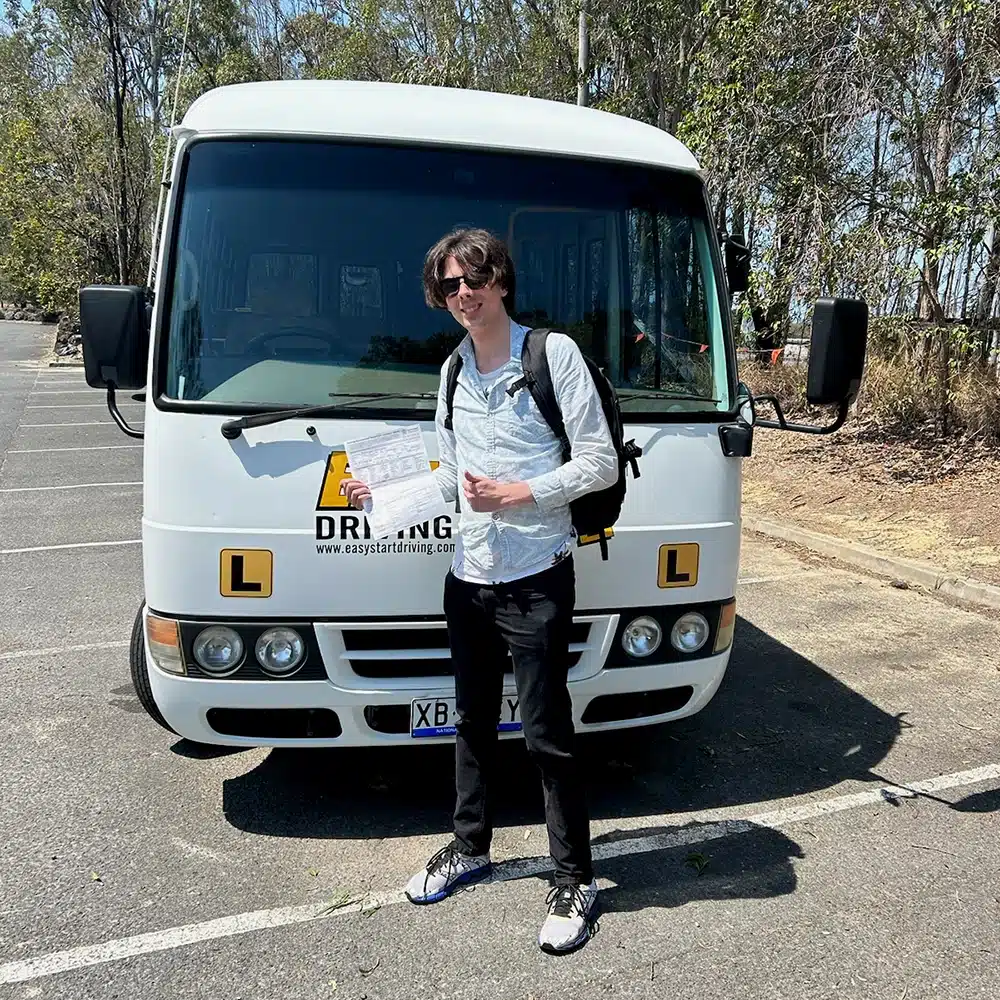How our brains perceive hazards
This is about recognising potential hazards before they happen. For example, when driving around a corner the driver notices a group of children ahead running and playing with a ball on the footpath. Courses can encourage them to think ahead: “Those children are very young and wouldn’t have much experience around the road, they may hit the ball onto the road and chase after it, so I will slow down in case they run out suddenly on the road.”
Reducing overconfidence
It’s important drivers are confident when they first start driving so they can put into action everything they’ve learnt to get their licence. However, sometimes the combination of getting a licence, greater independence and a propensity for risk-taking can be dangerous. The road isn’t an opportunity to put those computer games into action and treat it like a race track. Getting the adrenalin pumping by putting the foot down and trying stunts seen in the movies may sound far-fetched, but research shows courses that teach intensive manoeuvres off-road mixed with overconfidence can result in increased risk-taking on real roads.
Situational awareness
This means being aware of the surroundings and anticipating events that could develop into hazardous situations. For example, when driving on the highway, the driver sees lots of red brake lights suddenly come on and hears a siren in the distance. These are all clues that there may be a crash ahead so the driver starts to slow down, turns their radio down and starts checking mirrors to see where an ambulance may be coming from, in anticipation of making way.
Developing risk avoidance strategies
This means learning to be patient, calm and clear-headed, knowing that unexpected things can happen, and what to do in those situations to avoid making things worse or having a crash. It also means being mindful that there will be risky drivers on the road (e.g. using their phone, weaving in traffic, speeding, forgetting to indicate correctly around a roundabout or failing to follow the road rules). Learning how to respond safely may mean making a potentially dangerous situation incident-free.
Building resilience to peer pressure
Young people and their parents make a huge investment in getting licensed which all can be thrown away when mates encourage a new driver to bend the rules a little. The graduated licensing system in Queensland is rigorous for a purpose – to build skills and experience so a new driver can be safe on the road.
To make it easier to choose the most beneficial courses, the Department of Transport and Main Roads (TMR) has developed evidence-based guidelines for Controlled Environment Driver Training targeted at young drivers. The Monash University Accident Research Centre (MUARC) and the driver training industry helped inform the guidelines, together with published research evidence and extensive stakeholder consultation.
Based on adult learning principles, the guidelines include fundamental driving and road rules training, as well as cognitive skills training such as hazard perception, and the ability to manage other known risk factors (such as fatigue and distractions) while minimising the risk of over-confidence, through resilience and insight training.


